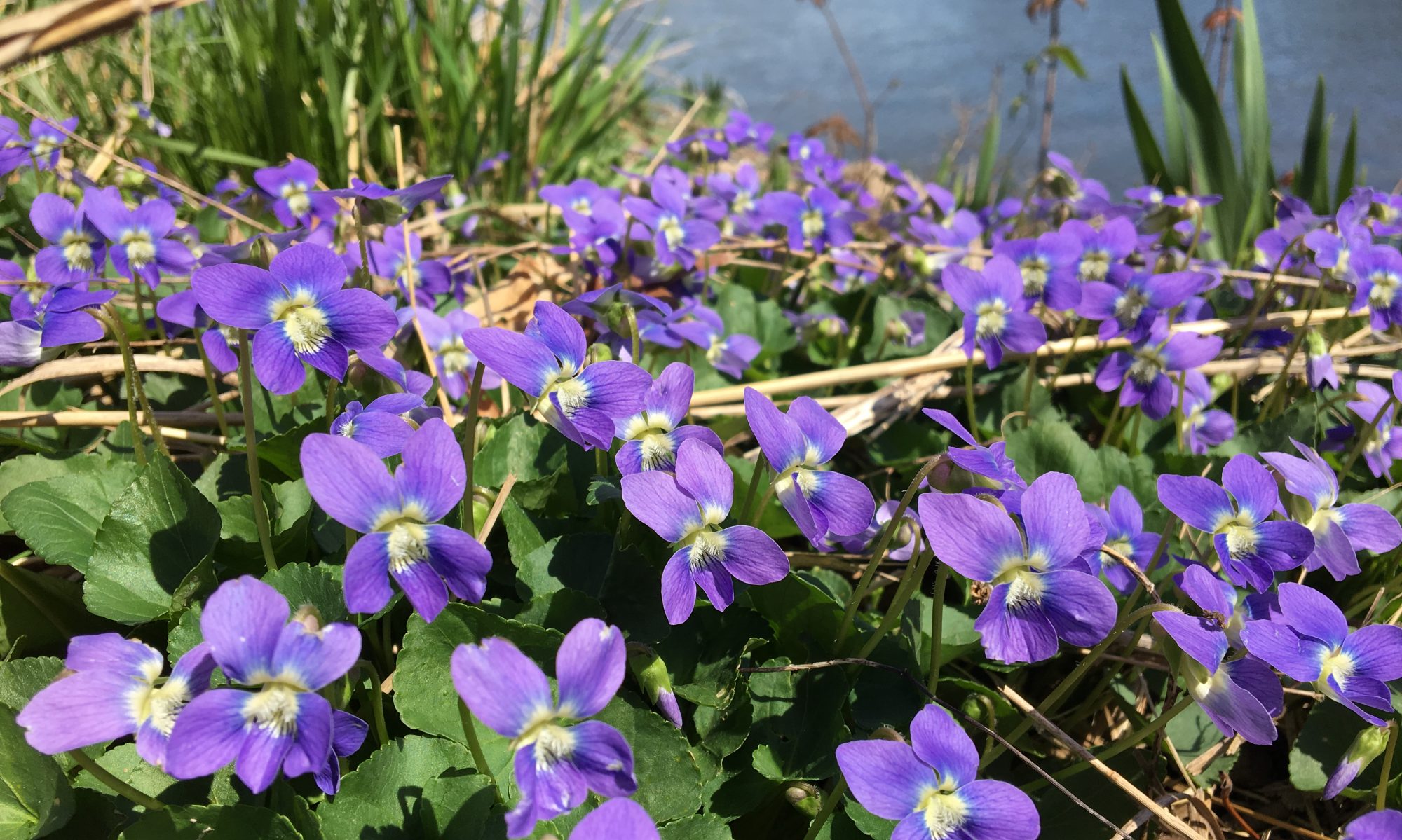Prune spring-flowering shrubs such as forsythia that have already flowered.
Fertilize roses early this month or mid-month if you already fertilized last month. Use a 20-20-20 liquid solution when flower buds are set. Mulch around the plants to retain moisture.
Stake perennials before they reach 6 inches.
Pinch back fall-blooming perennials such as chrysanthemums, asters, and tall sedums once a week.
Direct growth of perennial vines on their supports.
Check peonies for botrytis blight or other fungal problems. If they had problems last year, spray when plants are 2-4 inches tall. I’m quoting: There are fungicides that can help protect your plants from Botrytis blight. You need to look for a product that says on the label that it can be used on the specific type of plant, peony, and the specific disease, for instance, Botrytis blight. There should be products with the active ingredient “Mancozeb” or some type of copper that are labeled for use on peony against Botrytis blight. In terms of where to apply the fungicide, read and follow all label directions! I don’t think it is necessary to dig out the peonies before treatment, but follow the directions above all. Fungicides should be applied to protect against Botrytis blight early in the season.
Cage or provide support for peony blossoms when the plants are 10 inches tall.
Allow spring bulb foliage to yellow before removing it.
Plant summer and fall-flowering bulbs such as dahlias, peacock orchids, cannas, tuberous begonias, freesia, gladioli, and calla lilies.
Prune spring-flowering shrubs and ornamental trees immediately after they bloom. These include forsythia, viburnum, lilac, small magnolias, rhododendron and azalea. Prune to the ground old canes of forsythia and lilac.
Indoor Garden
As night temperatures remain above 55, consider moving plants to outdoor
environs.
Do
not subject them to full sun as it will burn the foliage.
As you take plants outdoors, wash the foliage with a hard stream of water. It
will remove dirt plus wash away many insects that may have taken up residence.
Look for places to prune your plants to help generate new growth.
Place large plants which are in plastic pots into larger heavier containers to keep the wind from blowing them over.
Over-wintered tender annuals or tropicals (hibiscus, gardenia, geraniums) may be pruned, fertilized and taken outside once night temperatures are 40 degrees.
Edible Garden
Hold off until late in the month to put out the most tender veggies/herbs-basil,
peppers, tomatoes, muskmelons, and watermelons. All need warm soils to thrive.
Protect transplants from cutworms by placing a collar around the plant at the
soil line. Use cardboard or aluminum foil.
Plant beans, both bush and pole varieties. Consider also the purely ornamental
hyacinth bean with its burgundy stems, purple flowers and deep red bean pods.
It is a climber, so give it support.
